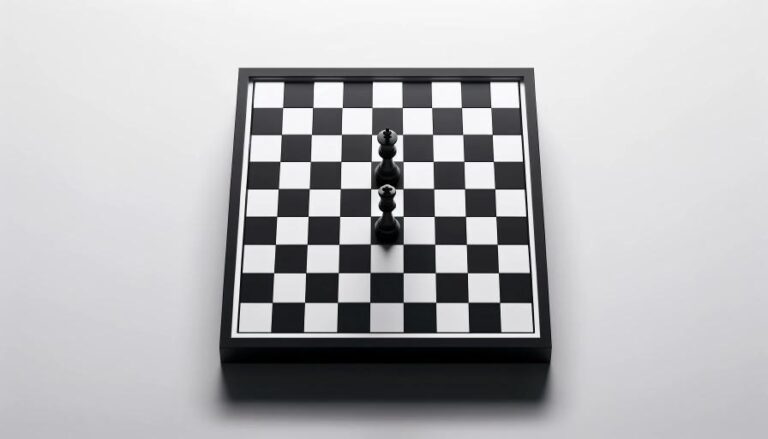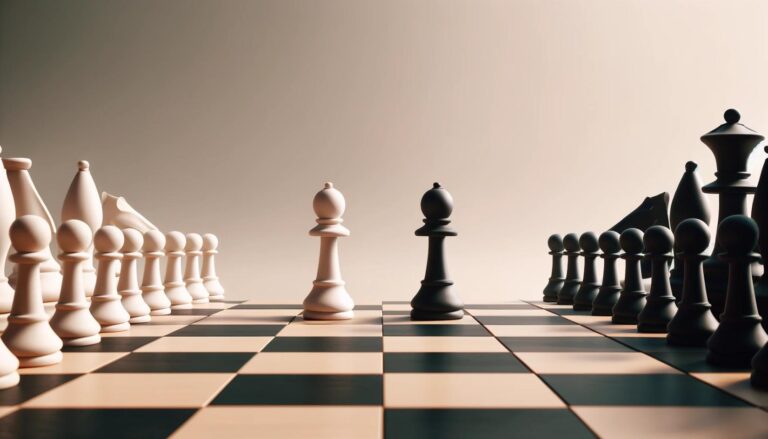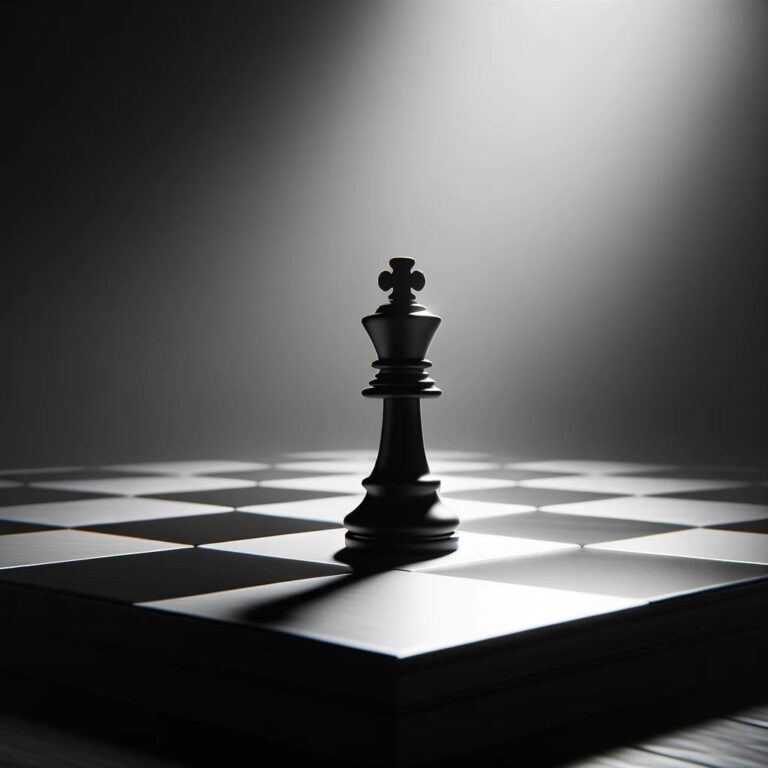Introduction to Classical Chess
Classical chess, also known as traditional chess or orthochess, is the standard version of the ancient game that has been played for centuries. It follows the traditional rules and strategies of chess and is not influenced by any modern innovations or technological advancements. In this article, we will explore the origins, rules, and strategies of classical chess and discuss why it continues to be the most popular and beloved version of the game.
History of Classical Chess
The origins of classical chess can be traced back to the 6th century in India, where it was known as Chataranga. The game spread to Persia and then to Europe through the Arab world in the 9th century. At that time, the game had different pieces and rules, such as the elephant instead of the bishop and the vizier instead of the queen.
Since then, classical chess has evolved and gained popularity all over the world, with the creation of official governing bodies and international tournaments. It was even recognized by the International Olympic Committee in 1999, further solidifying its status as a significant sport and intellectual pursuit.
Rules of Classical Chess
In classical chess, two players, black and white, face each other across a chessboard. The board is made up of 64 squares, alternately dark and light-colored, and is divided into ranks (rows) and files (columns). Each player starts with 16 pieces: one king, one queen, two bishops, two knights, two rooks, and eight pawns.
Each piece has its unique method of movement and capture, with the king being the most vulnerable and the queen the most powerful. The pawns are the only pieces that cannot move backward and have the most limited movement options.
Although there are many variations of chess, the rules of traditional chess are the most widely recognized and used in international competitions.
Strategies in Classical Chess
Classical chess requires a combination of strategic thinking, analytical skills, and patience. Unlike other versions of the game that may incorporate AI or modern technology, classical chess relies solely on the player´s mental abilities.
The game can be divided into three phases: the opening, the middlegame, and the endgame. In the opening, players aim to develop their pieces and control the center of the board. The middlegame is characterized by more aggressive and tactical moves, with players trying to capture their opponents´ pieces and gain a material advantage. The endgame is the final stage, where players use their remaining pieces to outmaneuver and checkmate the opponent´s king.
There are various strategies and tactics that players can use in each phase of the game, such as the double attack, the pin, and the fork. Studying and understanding these strategies can give players an edge over their opponents and improve their overall gameplay.
In classical chess, players also have to be aware of different openings, which refer to the first few moves of the game. Some popular openings include the King´s Gambit, Sicilian Defense, and French Defense, each with its unique set of advantages and disadvantages.
Overall, classical chess not only requires players to have a thorough understanding of the game´s rules and strategies but also to constantly adapt and think ahead as the game progresses.
Conclusion
In conclusion, classical chess is the traditional version of the game that has stood the test of time. It has a rich history, with roots dating back centuries, and has evolved to become a respected sport and intellectual activity. Its strict adherence to traditional rules and strategies makes it a challenging and rewarding game for players of all levels. So, whether you are a beginner or a seasoned player, embrace the traditional rules and strategies of classical chess and see where they take you in your next game.






